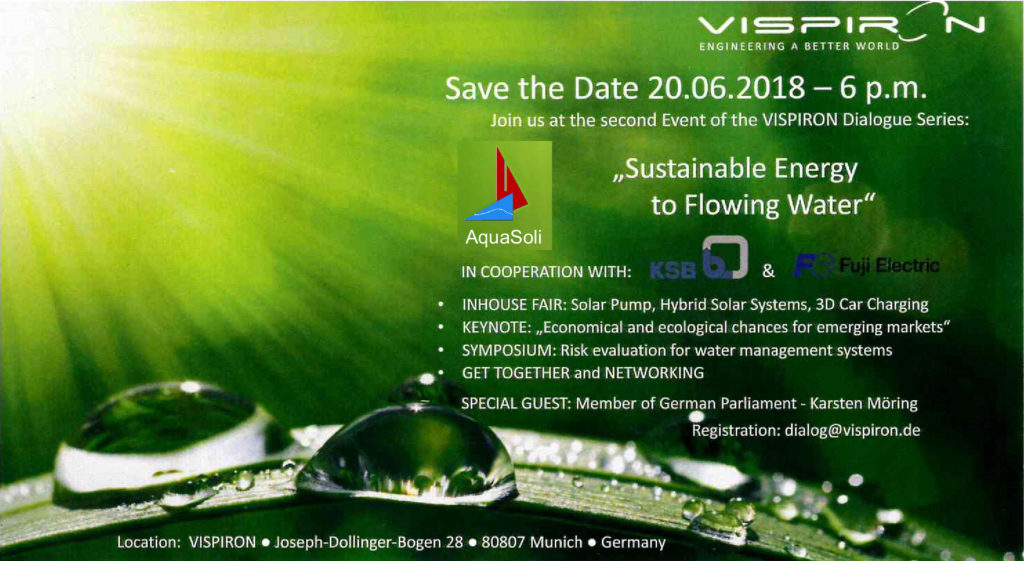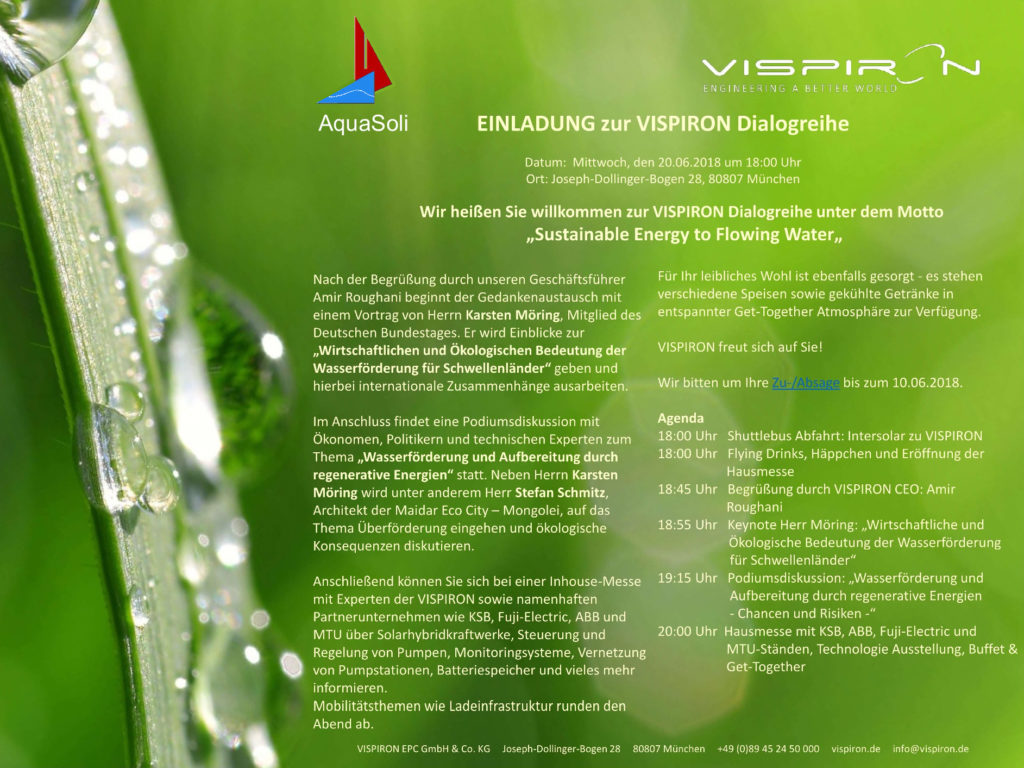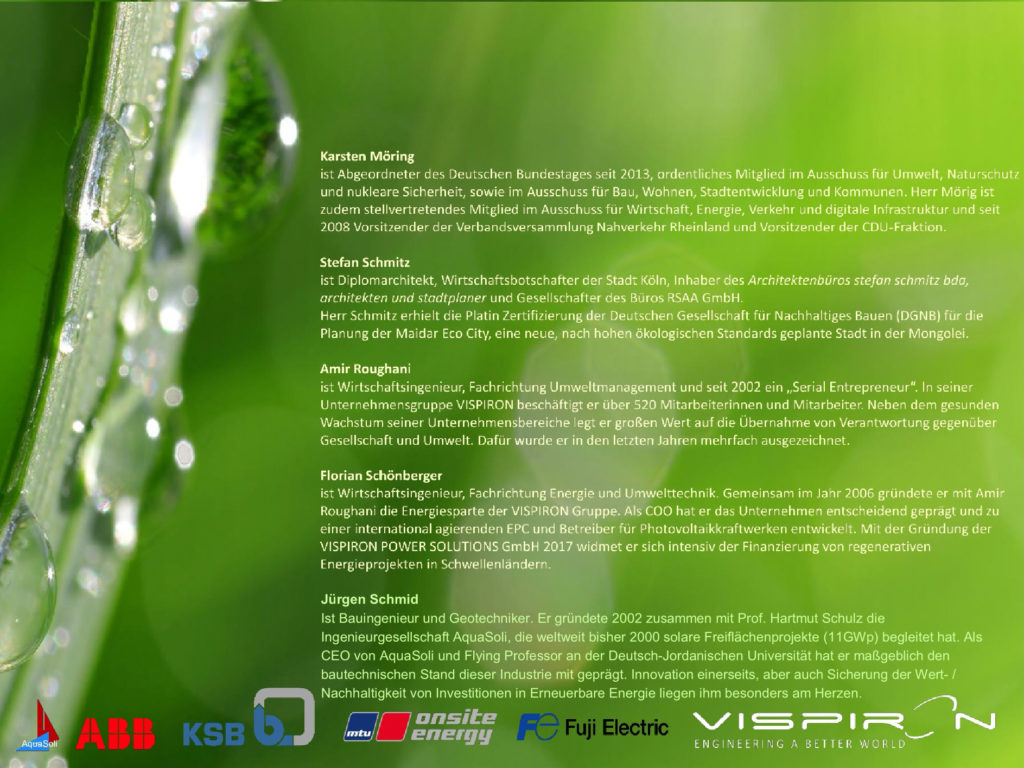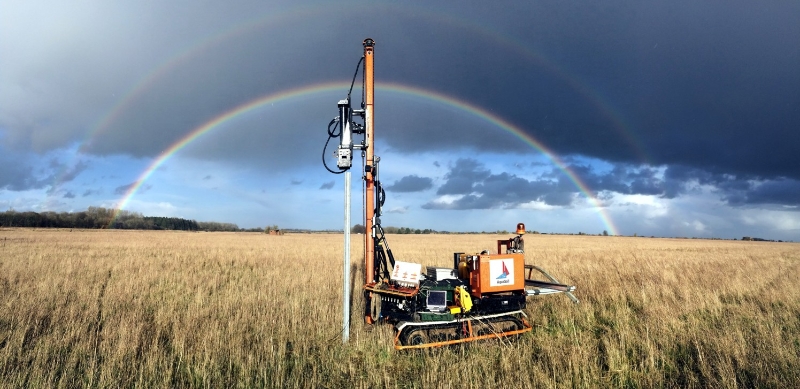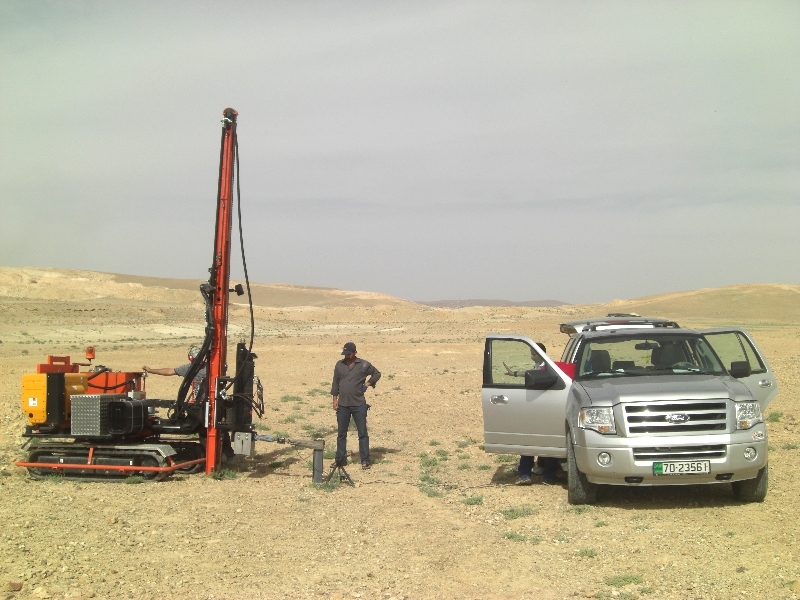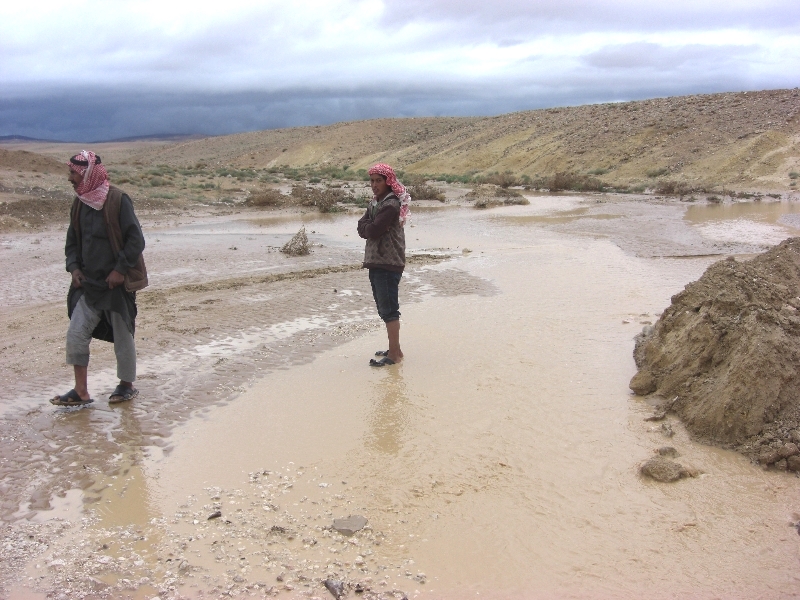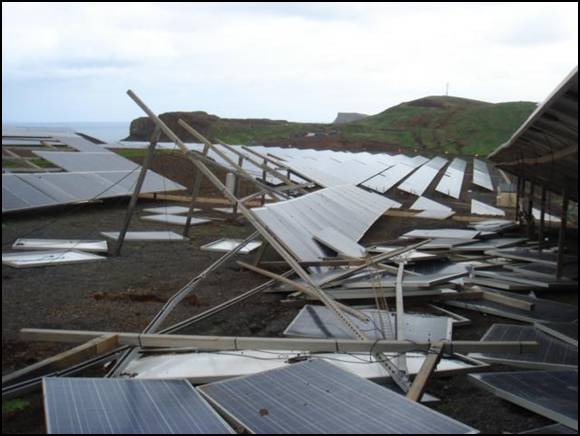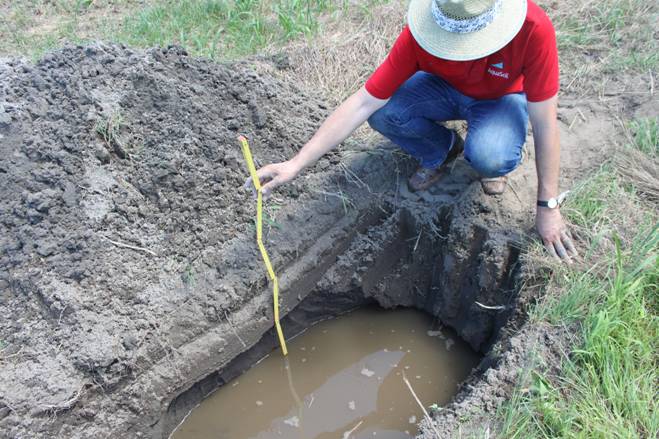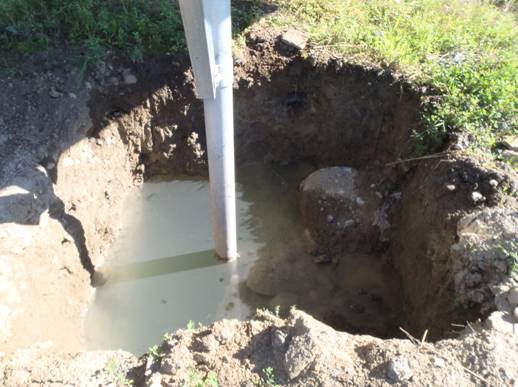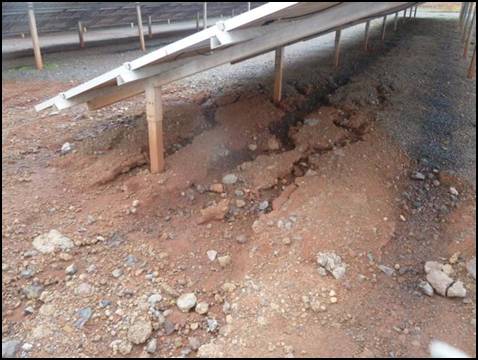 When designing foundations for solar farms, it is vital to consider both pile stiffness and soil stiffness; neither should be ignored. While pile stiffness is usually estimable with reasonable accuracy, soil stiffness is far more challenging to measure precisely. These uncertainties can impact both safety and reliability. That is why pile load tests (POT) are essential: they verify design assumptions, enhance safety, and help keep project costs in check.
When designing foundations for solar farms, it is vital to consider both pile stiffness and soil stiffness; neither should be ignored. While pile stiffness is usually estimable with reasonable accuracy, soil stiffness is far more challenging to measure precisely. These uncertainties can impact both safety and reliability. That is why pile load tests (POT) are essential: they verify design assumptions, enhance safety, and help keep project costs in check.
Why Pile and Soil Stiffness Are Critical in Solar Plant Foundation Design
Insufficiently embedded piles (too short piles) may fail to withstand lateral loads, such as those generated by wind, leading to structural failure and increased project costs. Simply increasing pile length is not always effective. If the pile lacks stiffness, loads won’t be appropriately transferred to the deeper, more stable soil layers.
In many cases, selecting a stiffer pile cross-section is a more efficient strategy. Greater stiffness allows for reduced embedment depth while still providing the required load-bearing capacity.

Three Example Pile Cross-Sections
Stiff vs. Flexible Piles
Consider two rods representing piles of different stiffness levels. These could be either driven or screw pile foundations:

Pile Stiffness, Length, and Subgrade Modulus: Illustrating the Interaction Between Key Design Parameters
- Left rod: This represents a new foundation with enough stiffness. It handles horizontal loads well.
- Right rod: This one is thinner or maybe corroded, so it’s less rigid. It bends a lot more under the same load.
This variation becomes especially problematic in solar table foundations when piles with unequal stiffness are installed in sequence. The result is a “zipper effect,” where stiffer piles are overloaded due to uneven load transfer.
Risks of Incorrect Pile Foundation Design
- Structural failure due to inadequate lateral resistance.
- Material wastage when pile tips extend into soil layers that do not contribute to load capacity.
- Increased costs from over-dimensioning without addressing stiffness.
- Dynamic effects during load reversal scenarios, particularly for screw foundations, where corrosion at joints increases slack and decreases stiffness.
These issues highlight the importance of precise pile-soil interaction analysis for reliable solar plant foundations.
AquaSoli’s Approach: Reliable Data for Safer Designs
At AquaSoli, we carry out pile load tests to accurately assess the bending stiffness of the pile-soil system. To ensure long-term durability, we also perform:
- On-site soil sampling
- Laboratory analyses of soil corrosiveness
- Risk assessments for pile corrosion
This comprehensive approach provides reliable data that results in safer designs, optimised material use, and long-term performance.
Building Stronger Solar Plant Foundations
By optimising pile selection based on pile stiffness and pile-soil interaction, engineers can balance safety, efficiency, and cost-effectiveness. This ensures reliable performance while minimising material use; meeting the needs of engineers, project managers, and stakeholders alike.
Contact AquaSoli today to learn how we can optimise your foundation design and ensure the long-term reliability of your solar project.![]()

